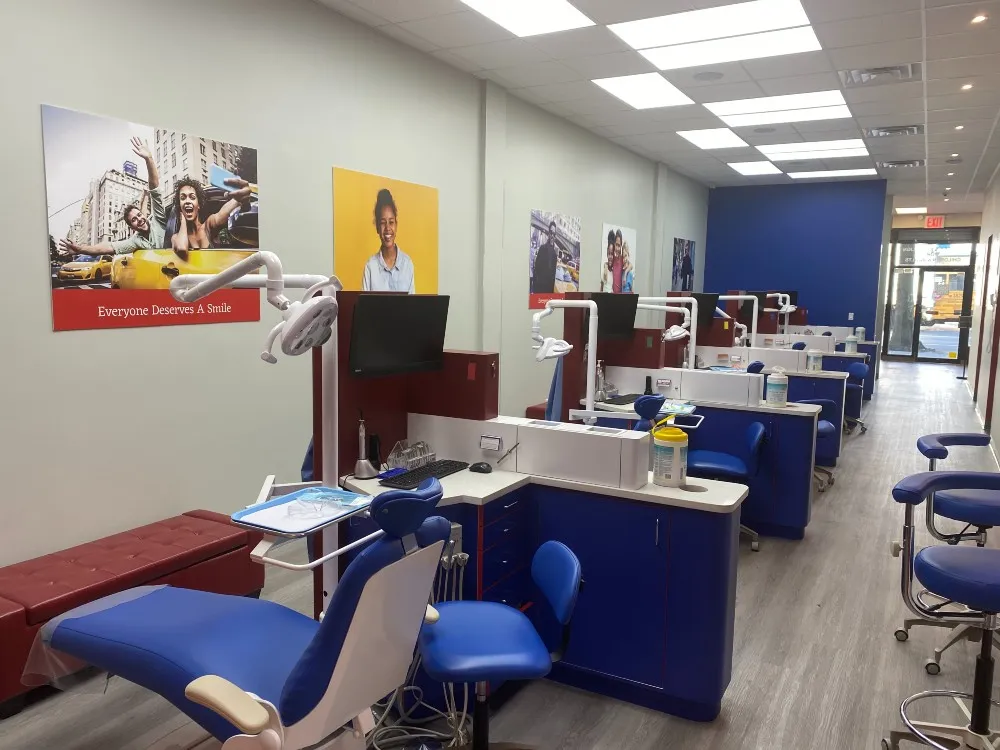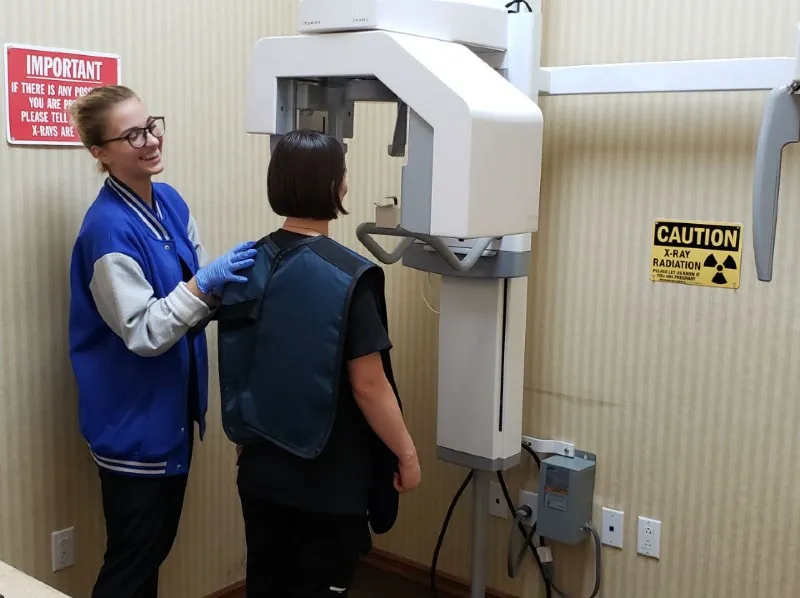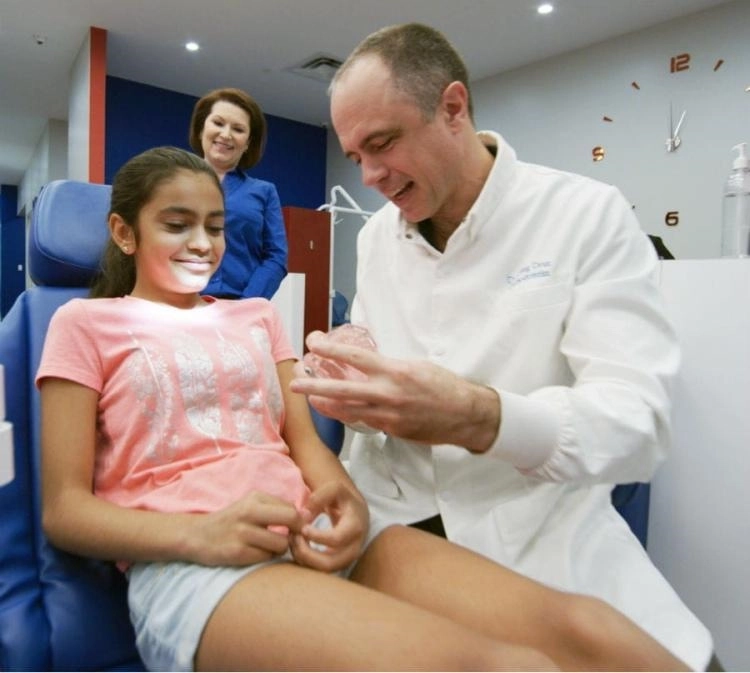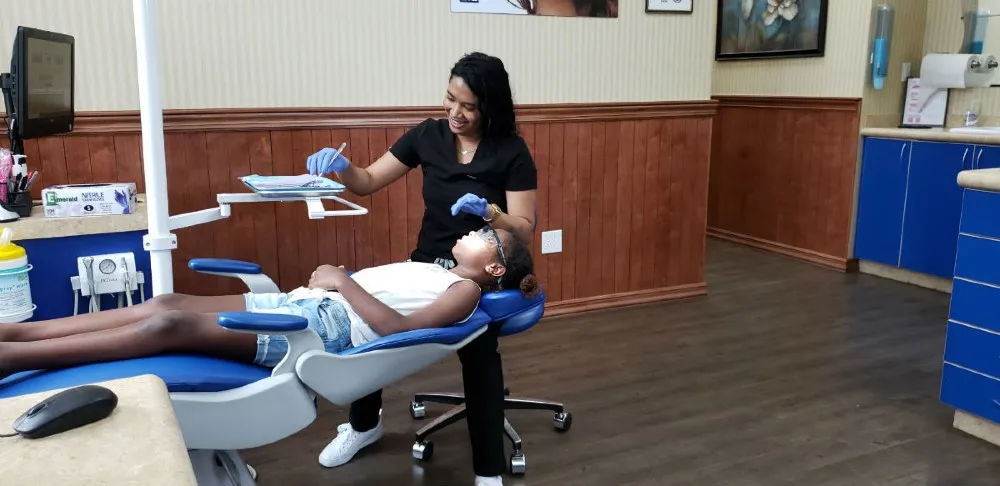
Step 1:
Choosing on Orthodontist
Orthodontist Selection Tips for Braces
People usually find an orthodontist in two ways. One way is through a referral from their general dentist. The other way is by doing their own research.
Your dentist might already have a trusted orthodontist to recommend. But, you can also take charge of your Orthodontic Journey. You can find an excellent orthodontist for yourself or a family member by doing your own research.
Great ways to find an expert orthodontist:
- Get a recommendation from family or friends that have had braces
- Ask your dentist, periodontist, or general doctor
- Do a google search for local orthodontists and compare reviews and ratings
- Use the locator tool from the American Board of Orthodontics
- Visit several practices to ask questions and compare prices
For better experience and lower costs, choose a free-standing orthodontic facility over a general dentist’s office. Orthodontists, unlike general dentists, have specialized training in orthodontia. They focus solely on teeth straightening, which often results in lower costs.
The image you provided shows such a facility.
Recently, mail-order orthodontics have emerged, offering at-home clear aligner treatment. While this may seem convenient, it poses serious health risks because of the lack of direct doctor supervision. In-person treatment is essential for safe and effective results.
Numerous complaints have been lodged against these mail-order companies. Thoroughly researching these treatments is crucial to understand the risks involved.





